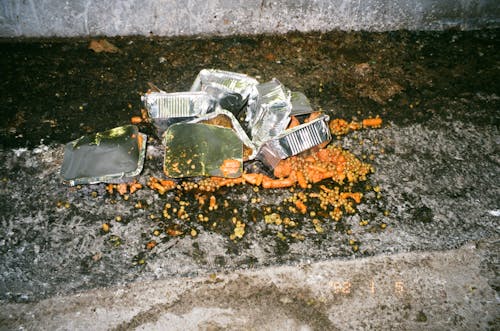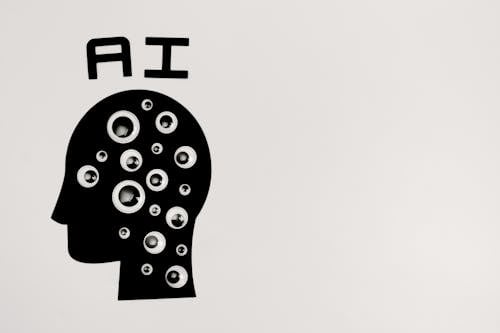In the hospitality industry, far too much food still ends up in the trash. Here’s how artificial intelligence (AI) can dramatically reduce food waste in the hospitality industry – while making money and saving the climate.
Some prophesy apocalypse. Others predict paradise on earth. In reality, upon closer examination of the rapid rise of AI, one quickly realizes: it’s capable of achieving both. When it comes to food waste, it certainly has the power to work wonders. Wonders that the world urgently needs. Because around two billion tons of food are wasted globally every year.
According to some studies, up to 40% of this waste comes from the hospitality industry. According to the British NGO Waste and Resources Action Program (WRAP), about 20% of a restaurant’s food waste ends up in the trash because it has already spoiled before it can be used. 45% is related to the preparation process, and about 35% are leftovers from served dishes.

The exact numbers vary. But studies show that food waste accounts for between eight and ten percent of global CO2 emissions per year. Therefore, the international buzzword “food waste” is not only a problem from an ethical perspective but also from a climate policy perspective. Naturally, many top chefs have rightly focused on combating food waste in recent years.
Massimo Bottura and his Food for Soul project are probably the most well-known examples. With his cultural project, he tries to encourage people to avoid food waste in the interest of social cohesion and individual well-being. But a few dedicated top chefs will not be enough in the short or long term. That’s precisely why AI’s possibilities in addressing food waste in the hospitality industry are so promising. Unlike top chefs, AI can approach this problem structurally and not idealistically. And that on a global scale simultaneously. And all this without much human input.

SMART TRASH BINS TO COMBAT FOOD WASTE IN THE HOSPITALITY INDUSTRY
Actually, there is only one reason why food is wasted in hospitality – a lack of data. Too many kitchens are still unable to answer the following questions: Which three products were over-ordered last month? Which were ordered insufficiently? How much food ends up in the trash overall? Which dish is least frequently eaten? Which part of this dish is most often thrown away?
This is where artificial intelligence’s greatest superpower comes into play. It can measure and break down all this information – thus laying the foundation for reducing food waste in hospitality. But how exactly?
Let’s take Winnow as an example. Founded in London in 2013, the company is currently considered the world’s leading AI solution for food waste. Kitchens in over 40 countries rely on this revolutionary artificial intelligence – from Ikea to Costa cruise ships to major hotel chains like Emaar, Accor, or Hilton. Why? Winnow turns trash bins into intelligent data-collecting systems. This is achieved by mounting a camera above the trash bin, which can do amazing things. It recognizes the type of food just thrown away. It calculates its value based on the consumption of the goods. And it shows how many portions of a particular product ended up in the trash during an entire day, the costs – and the CO2 emission values.

All of this is not only displayed in real-time on a screen directly above the trash bin but also in the cloud as statistics. Weekly, monthly, yearly – as you like. The fascinating thing about this is the impact of knowing how much food is being thrown away in kitchens alone. Kitchen directors, chefs, and F&B managers therefore quickly see what needs to be ordered and prepared less at what time. And thus achieve results that give hope: in 2022, Ikea alone reduced food waste by 50%, and the Emaar Hospitality Group by 72%.
AI CAN DO EVEN MORE IN THE FUTURE TO COMBAT FOOD WASTE IN THE HOSPITALITY INDUSTRY
As revolutionary as a tool like Winnow may be, the potential of AI to combat food waste is far from being fully exploited. Why? Once again, the answer is: because there is still too little data. Because the information from the trash bin alone is not enough to solve the problem in all its complexity. For example, data on seating occupancy or the shelf life of each product is required.
Of course, there are already solutions with AI tools that provide and break down this type of data. But all too often, this still happens side by side, i.e., without being connected. Algorithms for a company’s usage situation could be invaluable in determining the quantity of certain products to be ordered – especially those that are available for only a short time in a season. And this is just the beginning.














Discussion about this post